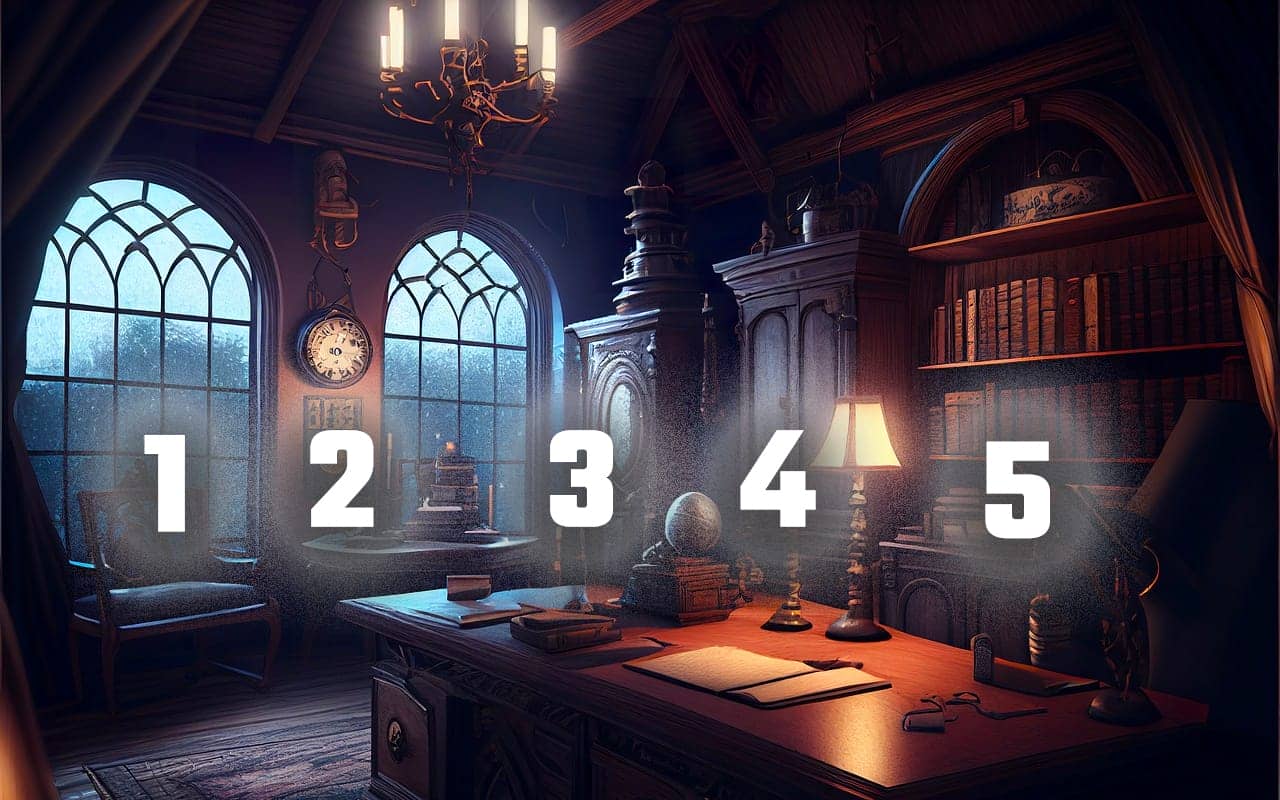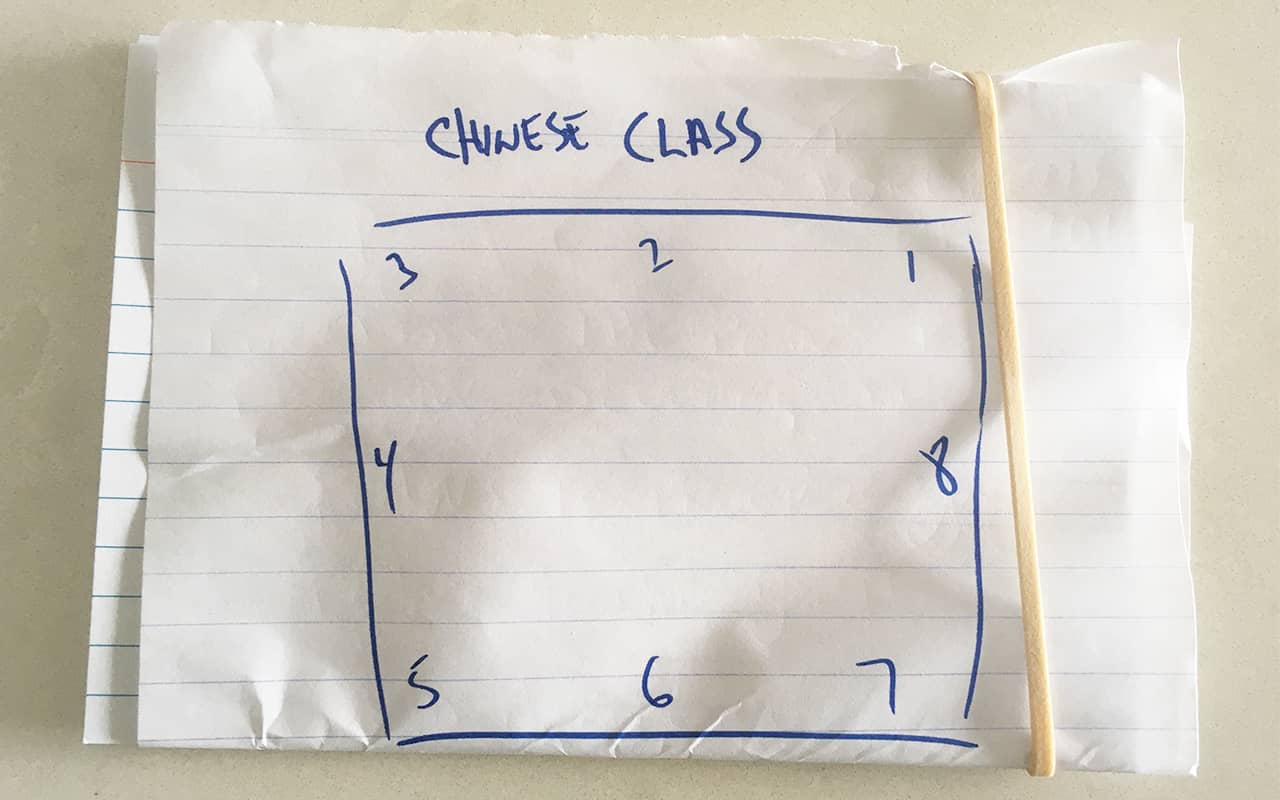How to Memorize a List Quickly (And Maintain It Forever)
Description
 To make learning how to memorize a list quickly a fast and seamless process, I suggest you learn to use the Memory Palace technique.
To make learning how to memorize a list quickly a fast and seamless process, I suggest you learn to use the Memory Palace technique.
That’s because I believe memorizing a list should not be hard.
And people who struggle with with them?
It’s not because their memory is bad.
They’re often just using the wrong method.
I’ve been thinking about lists a lot lately as I reach the final stages of establishing a real-world Memory Palace with a bookshop in it.
To pull it off, I’m studying real estate in a course.
It involves all kinds of acronyms, form numbers and logistics.
And thanks to the technique you’re about to discover, I’m retaining the lists of information with easy.
The Memory Palace technique is not a trick.
It’s a system.
And once you learn it, you can memorize any list. Quickly and for life.
Let’s begin.
How to Memorize a List Fast
There’s a fair amount of confusion about list memorization because there are different ways of doing it.
So many ways that people wind up confused and wondering which approach to use.
For example, you might have heard of Harry Lorayne.
He was a magician who popularized using mnemonics for remembering lists using the pegword method.
But what if you want to memorize a list of numbers, like Akira Haraguchi who was able to commit 100,000 digits of pi to memory?
What if you’re a medical professional who needs to memorize lists of symptoms, pharmaceutical information and all the carpal bones?
Or perhaps you want to memorize vocabulary as part of learning a language.
Perhaps your goal is even more modest. You just want to remember a to-do list or the groceries you need to pick up from the store later.
For each of these goals, I suggest you sidestep most memory techniques and get started immediately with the Memory Palace technique.
I teach all of the other techniques in the video above, including number rhymes.
But since I don’t recommend those techniques as the fastest and most practical means of memorizing a list, let’s get into the technique I favor the most.
In detail.
Step One: Create Your First Memory Palace
A Memory Palace is a form of mental association where you place a list of information along a journey you assign within a familiar location.
You’ve probably seen the technique used in Sherlock Holmes when the iconic character says, “I must go to my Mind Palace.”
In case you’re not familiar with this mnemonic device, this ancient memory technique has been used for centuries.
Essentially, you just mentally order locations in the manner you see in this image:
And if you were Sherlock and had to commit a list of facts about a case to memory, you would use a location like the study pictured above.
To avoid laying out associations chaotically, you would identify a few places (called loci) where you can “store” each part of your list.
For example, if you needed to remember the name of a suspect, you would place a mnemonic image on the chair labeled “1” in the illustration above. You do that by using a very special form of association, which we’ll discuss next.
Step Two: Pair Each Item on the List with an Association & the Memory Palace
Let’s use the example of memorizing a grocery list.
To do this, mnemonists (people who use memory techniques) use what are called mnemonic images.
If carrot is the first item on your list, you just imagine a giant carrot on the chair in your office.
That’s weird and strange enough to stick in your memory.
But what if you have a list of facts or the names of the presidents? This kind of information needs to be transformed mentally into an association that’s a bit more elaborate.
For example, if the first name is Washington, you can imagine a washing machine on your bed. Imagine yourself commenting that it weighs a ton. Washing machine + ton = Washington.
How to Practice Placing a List Item in a Memory Palace
For practice, write out your to-do list on a piece of paper.
Let’s say you have to attend a meeting about a technology at 2 a.m. The topic is Microsoft’s Zune.
To add an association and place the word in your Memory Palace, you will need to split the word using the principle of word division I teach in my bestselling course, How to Learn and Memorize the Vocabulary of Any Language.
For this word, I would personally imagine my favorite zoo in Berlin and have the movie Dune playing while zebras watch.
Zoo + Dune = Zune.
What about the time of this meeting, 2 p.m.?
To add this kind of information to your to-list, you’ll want to use either the Major System or a PAO System.
Although these memory techniques are somewhat advanced, anyone can learn them.
Step Three: Gather the Information Into the Best Possible Order
Sometimes the order of items is clear.
However, when studying for an exam, you might need to rearrange the main points in different orders of importance.
For this reason, I like to extract information from textbooks onto flashcards. That way I can easily move the facts around and place them in the most logical order before creating associations and placing them in one of my Memory Palaces.
As a pro tip, here’s something you can try:
I normally draw my Memory Palaces out on a piece of paper (these drawings serve as essentially a list of already-remembered stations within a location).
Then I fold the paper around the flashcards. The example you see above is one of the Memory Palaces I used <a href="https://www.magneticmemorymethod.com/how-to-learn-chinese/" rel="noopener"







